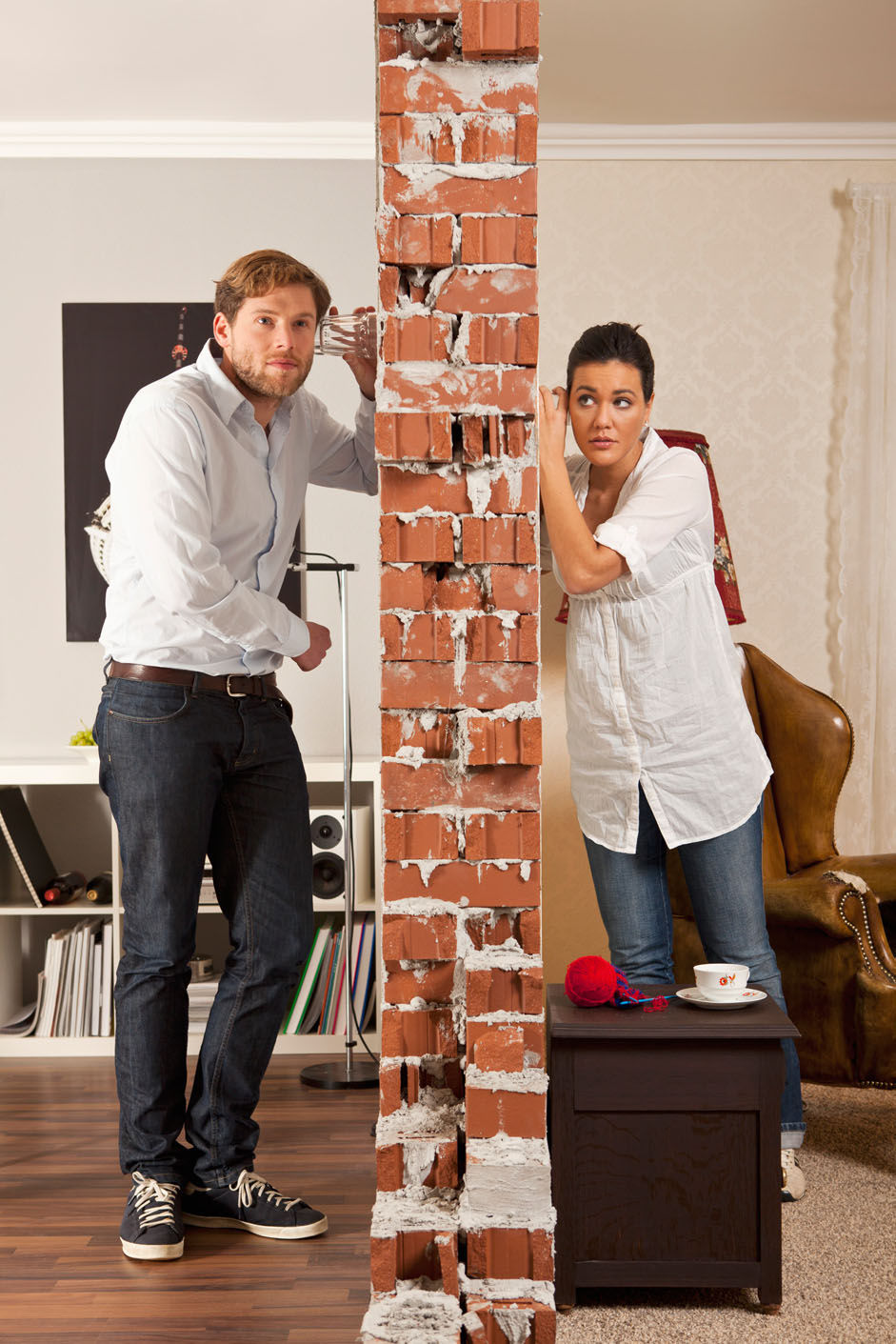Party Walls and Loft Conversions
- Jon Wallace
- Dec 20, 2016
- 3 min read
Updated: Sep 29, 2024

What is a Party Wall?
Semi-detached and terraced houses generally share at least one wall with an adjoining owner(s). These shared walls are known as "Party Walls".
Will having a Loft Conversion affect the Party Wall?
Generally yes. In most cases the conversion of a loft space into a useable room involves carrying out some work on the Party Wall, if there is one.
Who has ownership of the Party Wall?
When carrying out building work involving a Party Wall you are obliged to act as if the wall in question is co-owned by the adjoining owner(s). That is to say that even if two adjoining owners agree that they each own half of a party wall, that their property boundary runs through the middle of the party wall, still when it comes to carrying out building work they should act as if they are co-owners of the the whole wall. They may in fact be separate owners owning half of the wall each but they should act as co-owners.
What are my rights and obligations in regard to the Party Wall?
As adjoining owners both parties have certain rights and obligations toward the Party Wall which are described in the Party Wall Act.
What is the Party Wall Act?
The Party Wall Act is essentially a set of rules which tell you what you can and cannot do in regard to Party Walls or Structures, Boundary Walls or excavating near other people's property. You can read the Party Wall Act here.
How do I ensure my Loft Conversion work complies with the Party Wall Act?
In order to comply with the Party Wall Act you must, as an owner, notify the relevant adjoining owner(s) of the work you intend to carry out before that work starts. Most of the time it is a fairly straightforward process. You must serve a written notice on the relevant neighbour(s). Ideally you might also provide a few template responses for them to fill out and give back.
If the adjoining owner is happy to consent in writing to your proposed works then, since you have a written agreement, you are free to carry on with the work. This is a common response since the adjoining owner giving consent does not relieve you of any of your obligations to protect their building or property. However, it's perfectly reasonable for the adjoining owner to have concerns about building work especially if they have little knowledge of such matters themselves. Therefore it's always a good idea to have a friendly chat with them before you deliver the notice to explain what it's all about.
If the adjoining owner does not want to give their consent, or does not feel confident in doing so, then they should still give a written response refusing to consent. The adjoining owner refusing consent (or simply ignoring your notice) does not prevent you from carrying out the work it just means that you need to appoint a surveyor(s) to prepare a document called a 'Party Wall' Award. This document will describe in detail how the work can be carried out to comply with the Party Wall Act in this particular instance. This is not an unusual outcome either as it's perfectly reasonable that even very friendly neighbours might want to seek this reassurance. As the party seeking to work on the party wall you will be expected to meet the costs of the surveyor (s). Ideally both you and the adjoining owner will agree to share a surveyor as this will keep the cost down. However, the adjoining owner(s) are entitled to insist on separate surveyors if that's what they want and, in such circumstances, you are likely to be expected to meet the costs of both surveyors.
What sort of work needs to be done to my Party Wall during my Loft Conversion?
The answer depends on the specific design of your Loft Conversion. However, common tasks include fixing steel beams or timber joists into the Party Wall, or extending part of the Party Wall, or knocking down a chimney breast that is a part of the Party Wall etc. These tasks require compliance with the Party Wall Act. Here are a few illustrations to help you understand:
1. Fixing steel beams into the Party Wall during a Loft Conversion

2. Building up the brickwork of the Party Wall during a Loft Conversion

3. Removing a Chimney Breast


Comments